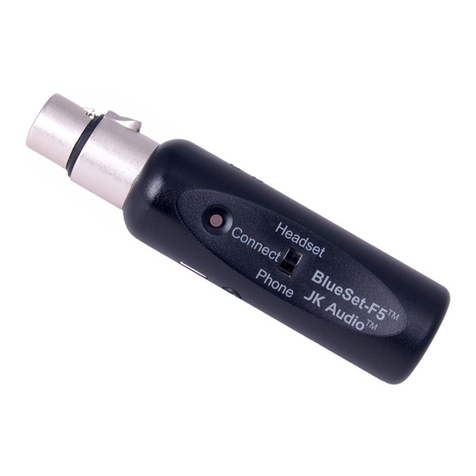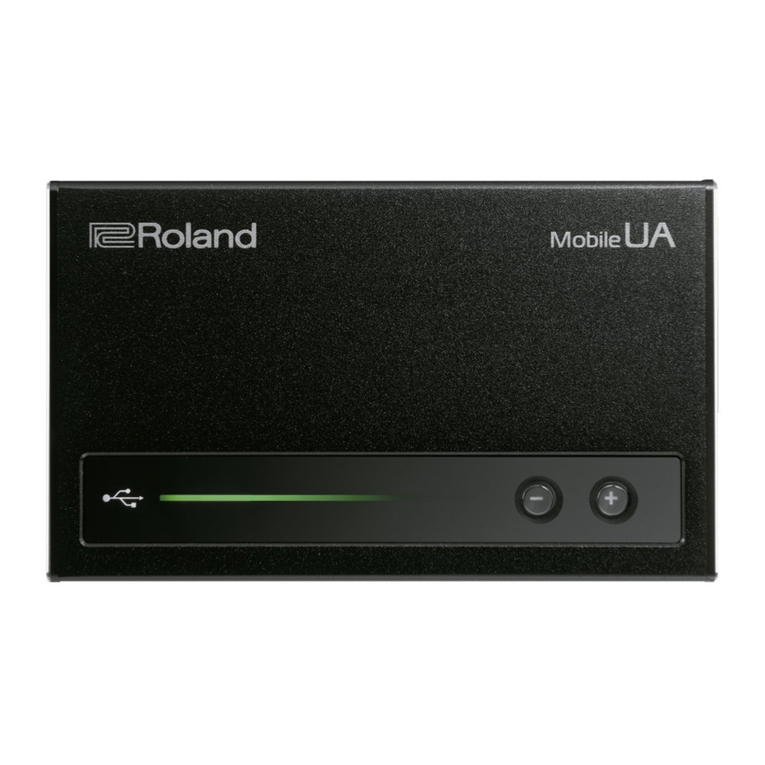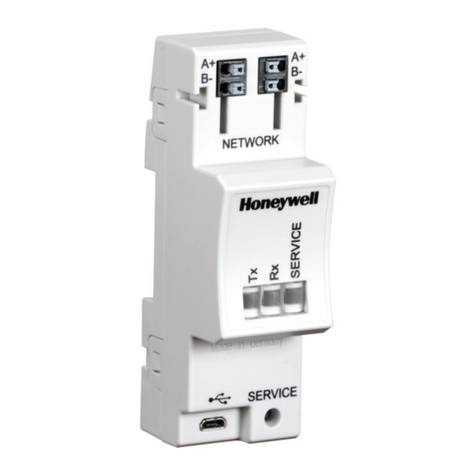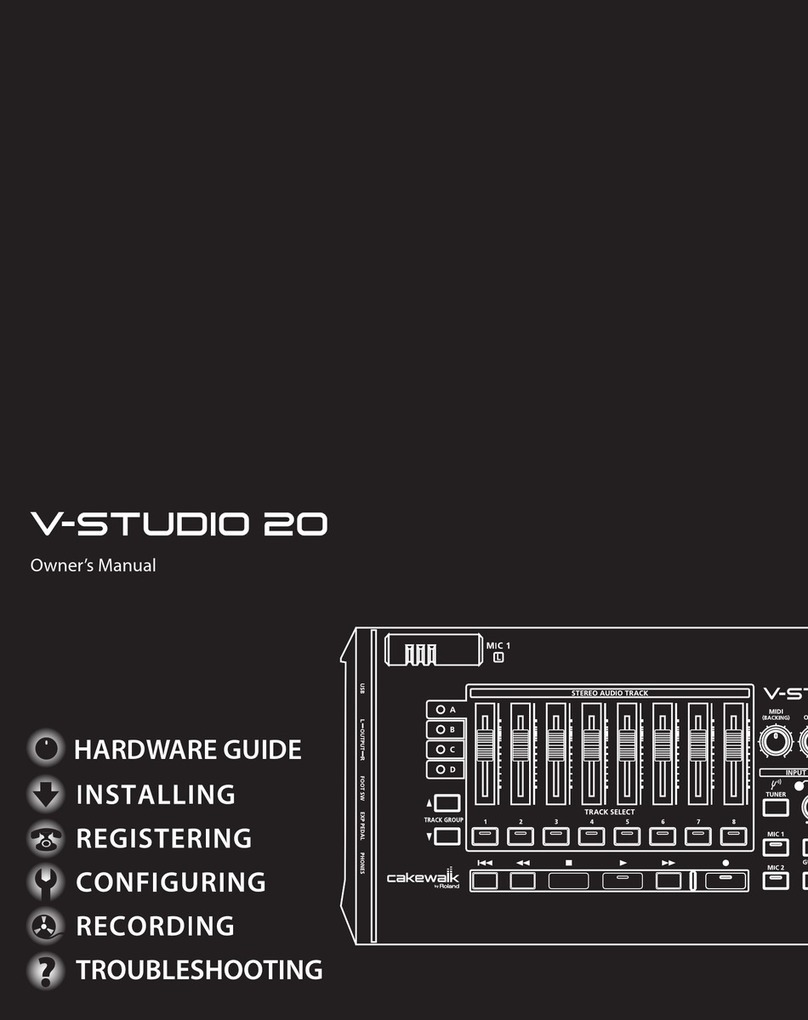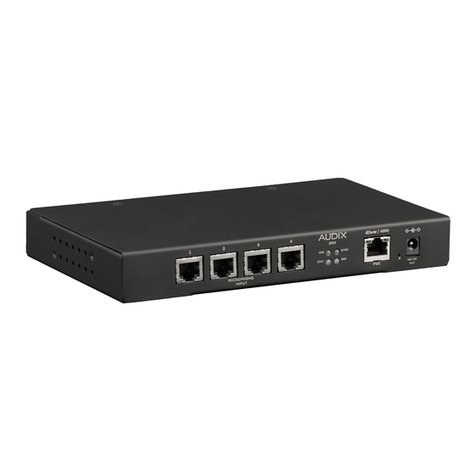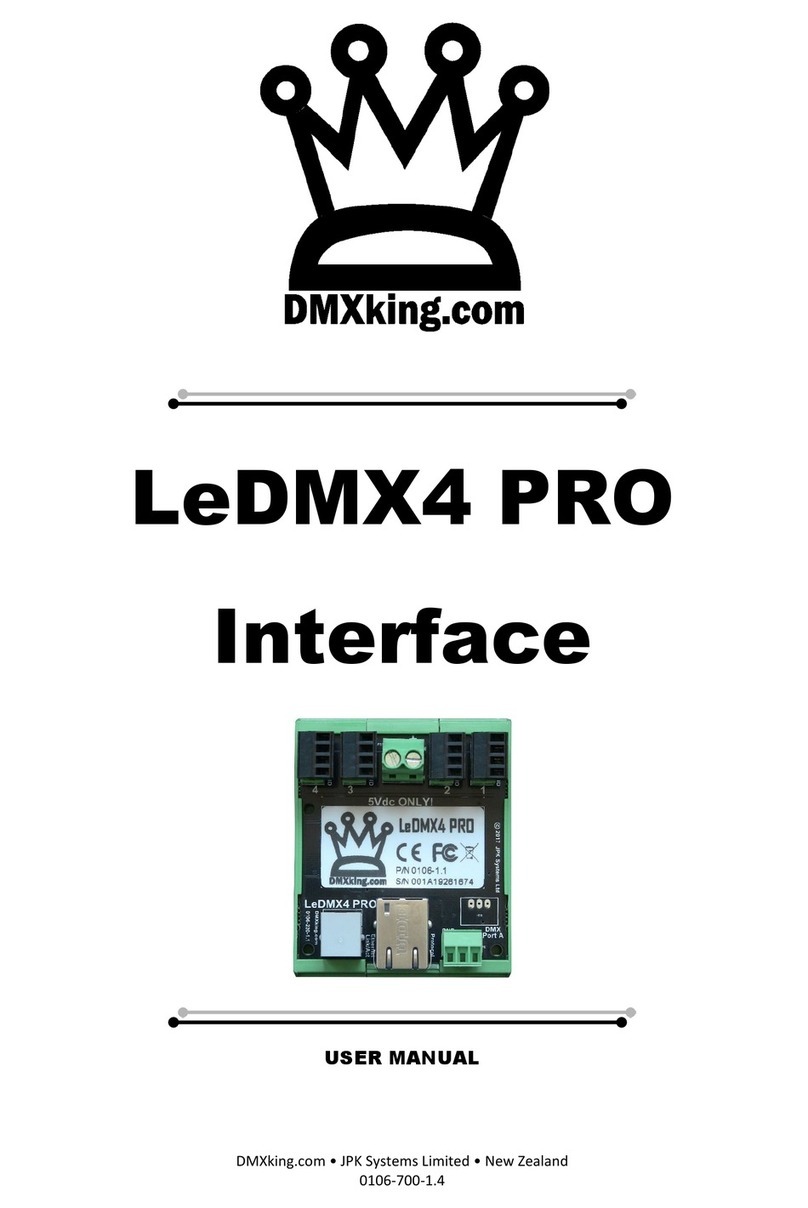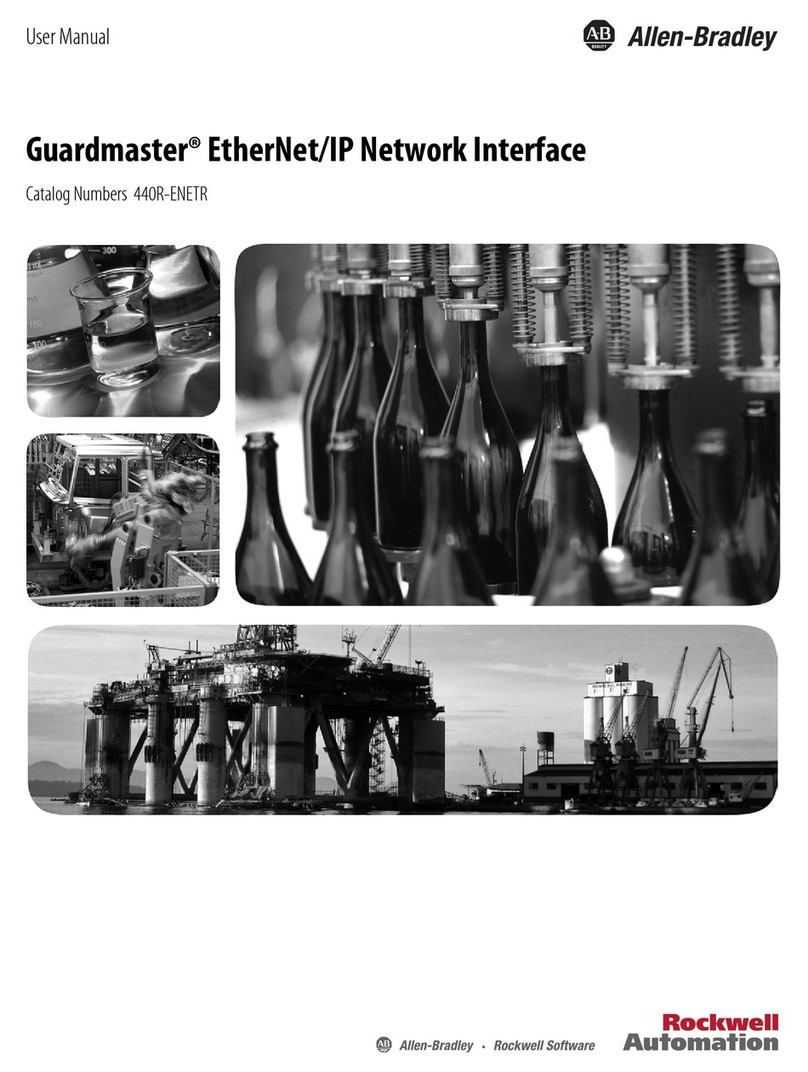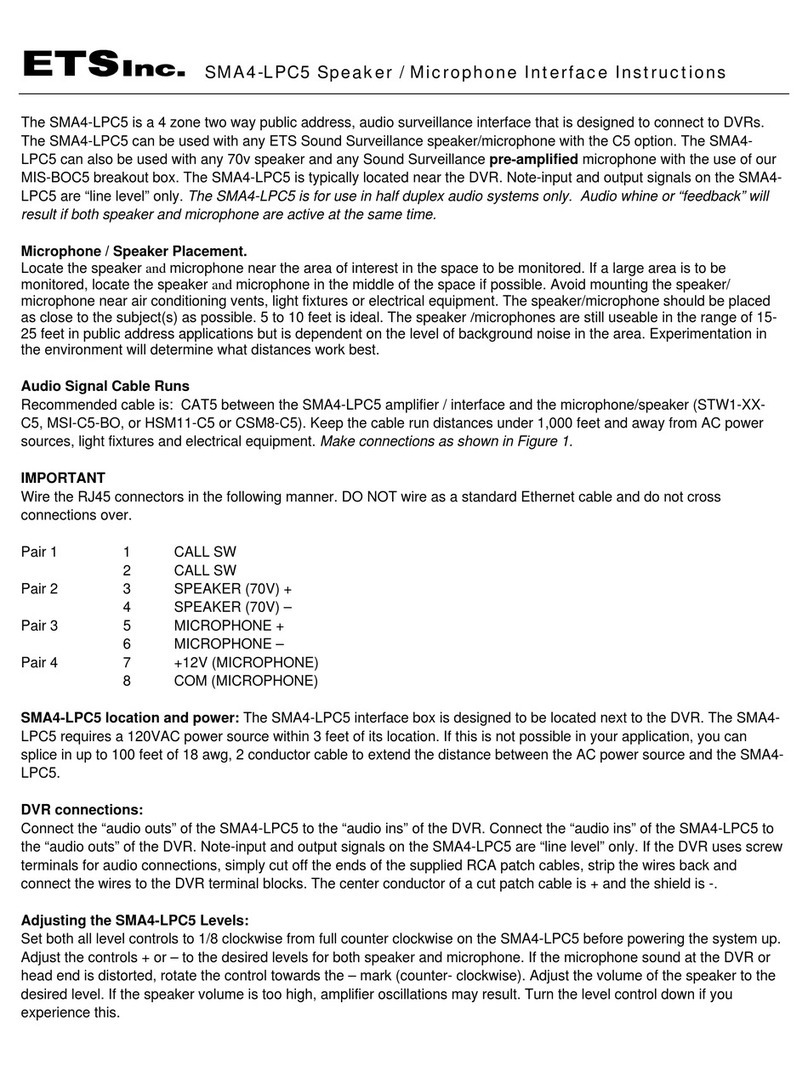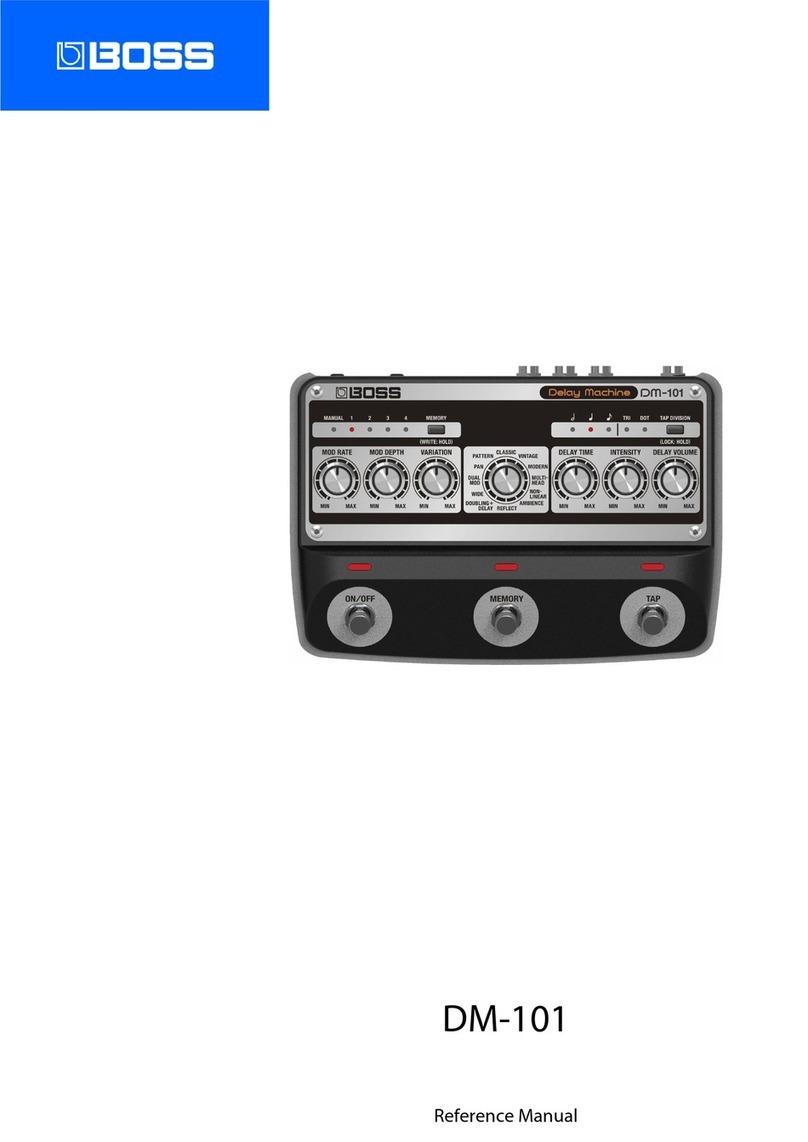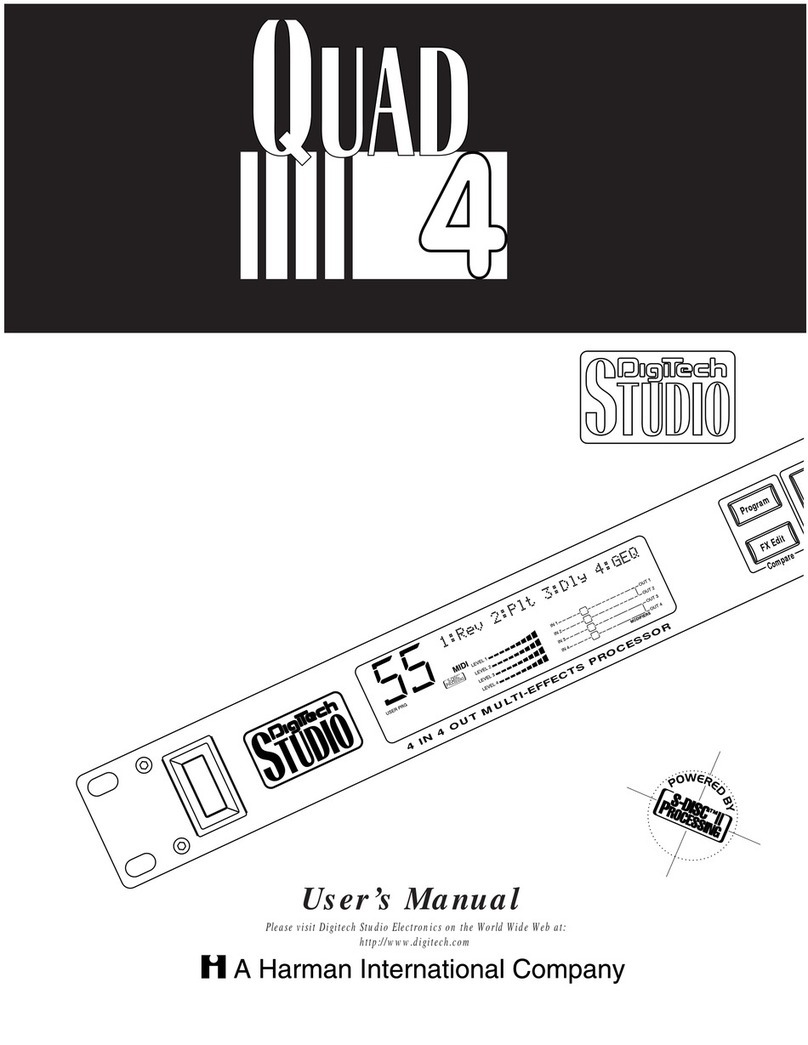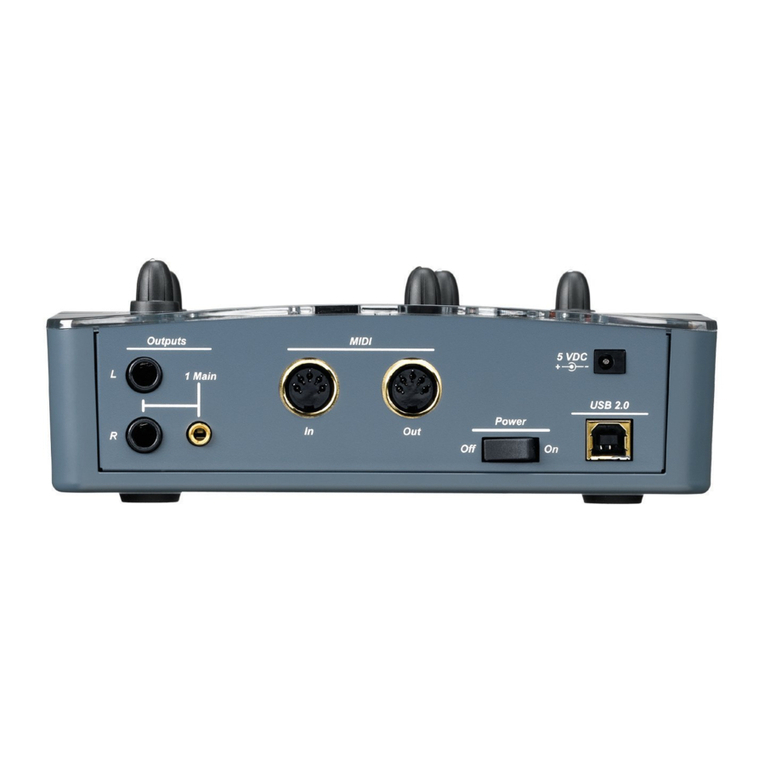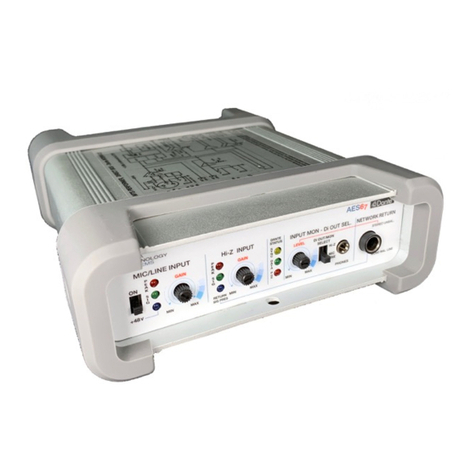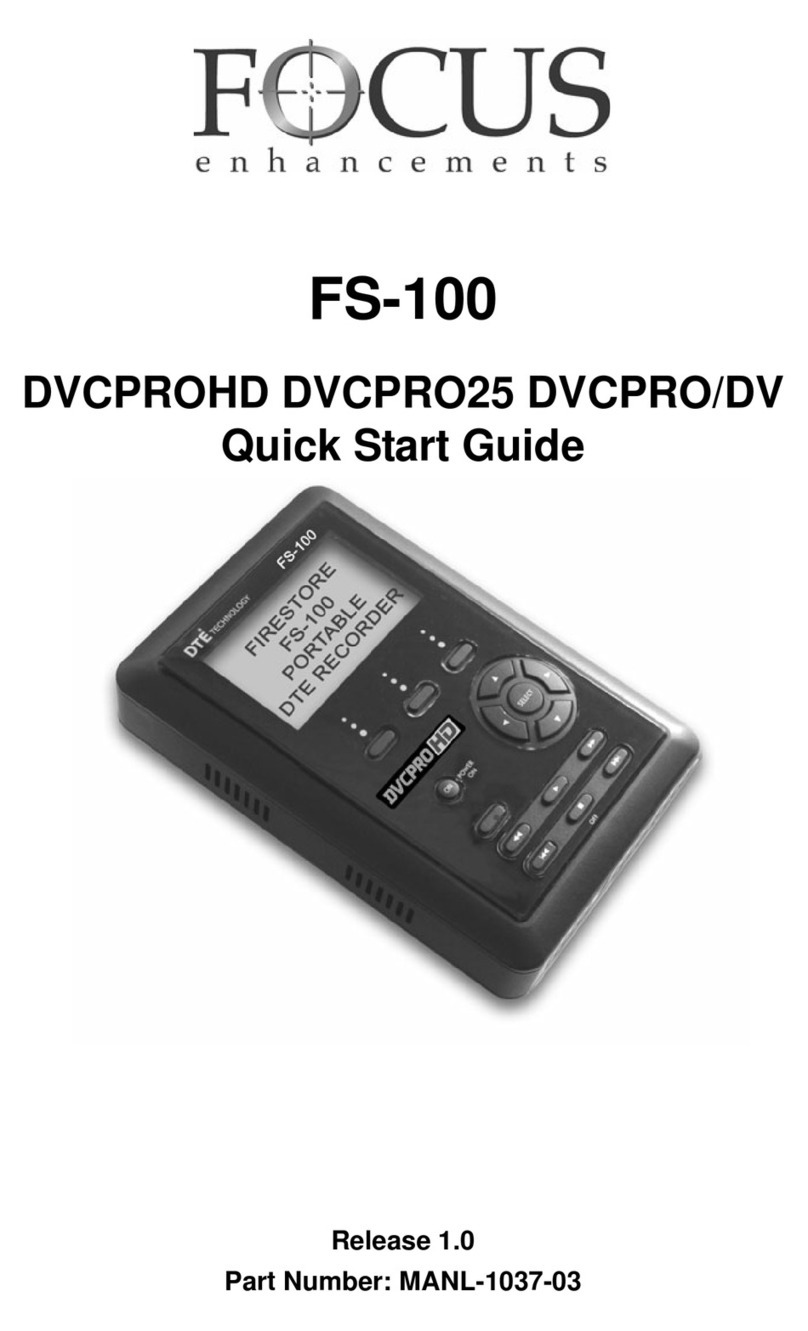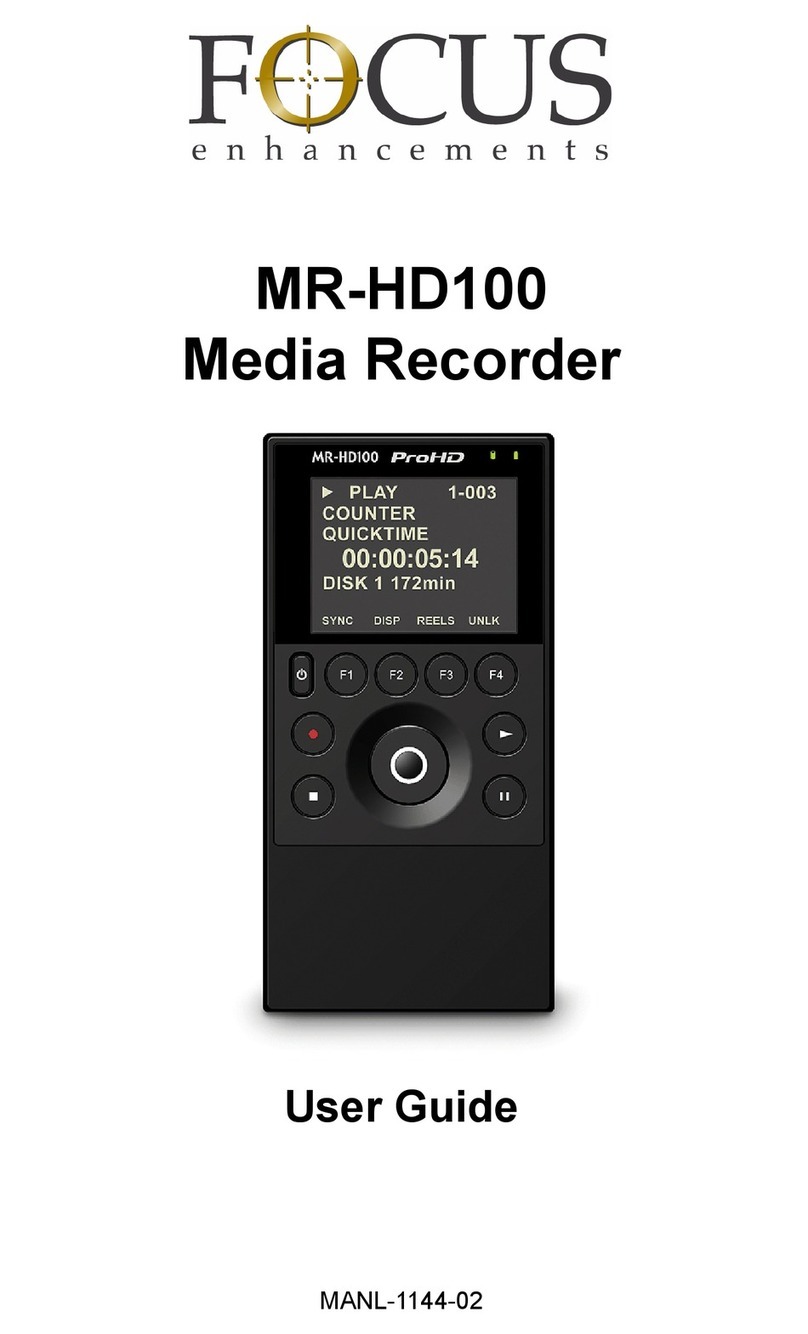auto maskin Marine Pro. 400 Series User manual

Publication P/N 1100276
Installation Manual
RIO 425 AC Generator Interface, P/N 1500443

Table of contents
1 Preface 3
1.1 About this Manual 3
1.2 Responsibilities 3
1.3 Revisions 3
2 Ordering Information 3
3 Installation of the RIO 425 4
3.1 Introduction 4
3.2 Operating Conditions 4
3.3 Wiring 4
3.3.1 Power Supply 4
3.3.2 Communication to the DCU 5
3.3.3 Generator Current Interface 6
3.4 Configuration 6
3.4.1 Configuration from the DCU Web Server 6
3.4.2 Configuration using the User Interface 7
Page 2 (11)

1 Preface
1.1 About this Manual
This manual has been published primarily for professionals and qualified personnel.
The user of this material is assumed to have basic knowledge in marine systems, and must
be able to carry out related electrical work.
Work on the low-voltage circuit should only be carried out by qualified and
experienced personnel.
Installation or work on the shore power equipment must only be carried out by
electricians authorized to work with such installations.
1.2 Responsibilities
It is the sole responsibility of the installer to ensure that the installation work is
carried out in a satisfactory manner, that it is operationally in good order, that the
approved material and accessories are used and that the installation meets all
applicable rules and regulations.
Auto-Maskin continuously upgrades its products and reserves the right to make
changes and improvements without prior notice.
All information in this manual is based upon information at the time of printing. For updated
information, please contact your local distributor.
The crossed-out wheeled bin symbol indicates that the item should be
disposed of separately. The item should be handed in for recycling in
accordance with local environmental regulations for waste disposal.
By separating a marked item, you will help reduce the volume of waste
sent to incinerators or land-fill and minimize any potential negative impact
on human health and the environment.
1.3 Revisions
Revision
Date
Description
1.0
August 12, 2019
Initial issue.
2.0
December 10, 2020
Manual updated to new RIO 425 part.
2.1
July 1, 2021
New picture RIO 425
Page 3 (11)

2 Ordering Information
The Marine Pro covers a wide range of compatible products within both the 200- and 400
Series. Please visit our website for more information.
3 Installation of the RIO 425
This chapter covers installation of the RIO 425.
3.1 Introduction
The RIO 425 is a generator interface. The module can be connected at the generator, or
close to the generator.
Using the two-wire data interface, it communicates its measured data to a DCU in the
Auto-Maskin Marine Pro range.
The unit can also be used standalone and communicate its data on the inbuilt Modbus
interface.
3.2 I/O
Device Terminals
A1: Power Supply
4: S2, current input L2
A2: Power Supply
5: S1, current input L3
10: VL1, voltage input L1
6: S2, current input L3
11: VL2, voltage input L2
A: A+, RS-485
12: VL2, voltage input L3
B: B-, RS-485
13: N, Neutral voltage input
S: S, GND for RS-485 and digital inputs
Page 4 (11)

1: S1, current input L1
9: I1, Digital input 1 or selection rate
2: S2, current input L1
8: O1, Digital output 1
3: S1, current input L2
7: CO, Common digital outputs
3.3 Operating Conditions
Operating Temperature:
-5 °C/ +45 °C
Relative Humidity:
5 to 95 % RH (without condensation)
3.4 Wiring
The RIO 425 has these main connections
● AC Power Supply
● Communication to the DCU
● Generator voltage interface
● Generator current interface
When properly connected and communicating to the DCU on the RIO link, the DCU will
automatically detect the RIO 425 and add an instrument page similar to the one below.
3.4.1 Power Supply
On the RIO 425, connect an AC power supply to terminals A1 and A2.
The supply shall be in the range 100 – 240 VAC (+/- 10%).
Power Supply Fuse
The RIO 425 module shall be protected with an external 2 A fuse on the supply line.
Wire Requirement
Supply wires shall have a minimum area of 1mm2(~17 AWG).
Page 5 (11)

3.4.2 Communication to the DCU
The RIO 425 comes preconfigured to communicate with the DCU 410E/408E or DCU
210E/208E in the Auto-Maskin Marine Pro range.
It can be used together with other RIO expansion modules on the same RIO link.
Only one RIO 425 can be used on a RIO link.
Communication Wiring
Depending on the DCU model connect the wires in the shielded communication cable to the
terminals as shown in the table below:
RIO 425
DCU 410E / DCU 408E
DCU 210E / DCU 208E
S (Shield)
57 (Shield)
B (L)
58 (L)
C1.5 (L)
A (H)
59 (H)
C1.6 (H)
Do not connect the cable shield at both ends.
To minimize the effect of external noise it is recommended to use twisted pair wires.
Communication Bus Termination Resistor
The 120 ohm (1/4 W) termination resistor shall be connected at the last RIO unit (furthest
away from the DCU) in the RIO link chain.
If the RIO 425 is the only unit on the RIO link, then the termination resistor shall be
connected at the RIO 425.
Connect the resistor directly across terminals A and B on the RIO 425.
If the RIO 425 is not the last RIO unit on the link, then the termination resistor shall not be
connected to the RIO 425, but at the last RIO unit on the RIO link.
If there are
several units
attached to the
link add the 120
Ohm resistor
together with the
last unit on the
bus.
Page 6 (11)

The DCU has an inbuilt termination resistor at its end.
When the bus is properly connected, the measured impedance between bus terminals A and
B shall be 60 ohm (+/- 5 ohm).
Wire Requirement
Wires shall have a minimum area of 1.0 mm2(16 AWG).
3.4.3 Generator Current Interface
Connect the generator current interface as follows:
Phase
Current Transformer
RIO 425 Terminal
L1
S1
S2
1
2
L2
S1
S2
3
4
L3
S1
S2
5
6
If only one phase is to be monitored, it is sufficient to connect the desired phase terminals.
Wire Requirement
The wire area shall be minimum 2.5 mm2(12 AWG).
3.5 Configuration
The RIO 425 can be configured from the web server on a DCU in the Auto-Maskin Marine
Pro range. This is the easiest and preferred method.
If no such DCU is available, the RIO 425 can be configured using the user interface on the
front of the unit.
The current transformer ratio is pre-configured to 5:1. It is possible to change this
ratio to 1:1, but only using the RIO 425 user interface.
3.5.1 Configuration from the DCU Web Server
Log into the DCU, and then select Home and then RIO 425.
Set the desired values and press the Submit button.
Page 7 (11)

3.5.2 Configuration using the RIO 425 User Interface
The RIO 425 can be configured using the small push buttons and display on the front of the
unit.
Initiate Configuration
To enter the configuration menu press the key for 3 seconds.
If the icon appears on the configuration screen, the configuration parameters can be
edited.
If the icon appears, the configuration of the unit will be locked with a password. If the
configuration is locked the user must enter the password to unlock.
Press the key to modify the value of the flashing digit.
When the desired value is shown on the screen, use the and keys to move the
edit cursor.
To validate the password, press the key if you are on the last digit or the key if
you are on the first digit.
Default password: 1234
The configuration parameters can be modified after entering the correct password.
Voltage Transformer Primary value
This value shall conform to the phase-phase voltage in the installation. The setting
is important even if there is no voltage transformer in the installation.
Page 8 (11)

Press the key to modify the value of the flashing digit.
When the desired value is shown on the screen, use the and keys to move the
edit cursor.
To validate the value, press the key for 3 seconds; the prog icon will stop flashing.
If the value entered by the user is out of the range of programming values, the programmed
value will be deleted and the system will restore it to the last saved value.
Maximum programming value: 99999
Minimum programming value: 1
Voltage ratio ≤ 1000
Voltage ratio x Current ratio ≤ 300000
The ratio is the relation between the primary and the secondary.
Press key to access the next programming step.
Voltage Transformer Secondary value
If there is no voltage transformer in the installation, then the secondary value shall
be equal to the primary value.
Press the key to modify the value of the flashing digit.
Page 9 (11)

When the desired value is shown on the screen, use the and keys to move the
edit cursor.
To validate the value, press the key for 3 seconds; the prog icon will stop flashing.
If the value entered by the user is out of the range of programming values, the programmed
value will be deleted and the system will restore it to the last saved value.
Maximum programming value: 999
Minimum programming value: 1
Voltage ratio ≤ 1000
Voltage ratio x Current ratio ≤ 300000
Press key to access the next programming step.
Current Transformer Primary value
Press the key to modify the value of the flashing digit.
When the desired value is shown on the screen, use the and keys to move the
edit cursor.
To validate the value, press the key for 3 seconds; the prog icon will stop flashing.
If the value entered by the user is out of the range of programming values, the programmed
value will be deleted and the system will restore it to the last saved value.
Maximum programming value: 10000
Minimum programming value: 1
Voltage ratio x Current ratio ≤ 300000
The ratio is the relation between the primary and the secondary.
Press key to access the next programming step.
Page 10 (11)

Current Transformer Secondary value
The RIO 425 comes preset to a transformer ratio of 5:1, meaning the secondary
current varies up to 5A. If necessary, the ratio can be changed to 1:1.
Voltage ratio x Current ratio ≤ 300000.
Use the key to browse the available options: 1A or 5A.
To validate the value, press the key for 3 seconds; the prog icon will stop flashing.
Press key to access the next programming step.
Page 11 (11)
Other manuals for Marine Pro. 400 Series
1
This manual suits for next models
2
Table of contents
Other auto maskin Recording Equipment manuals

